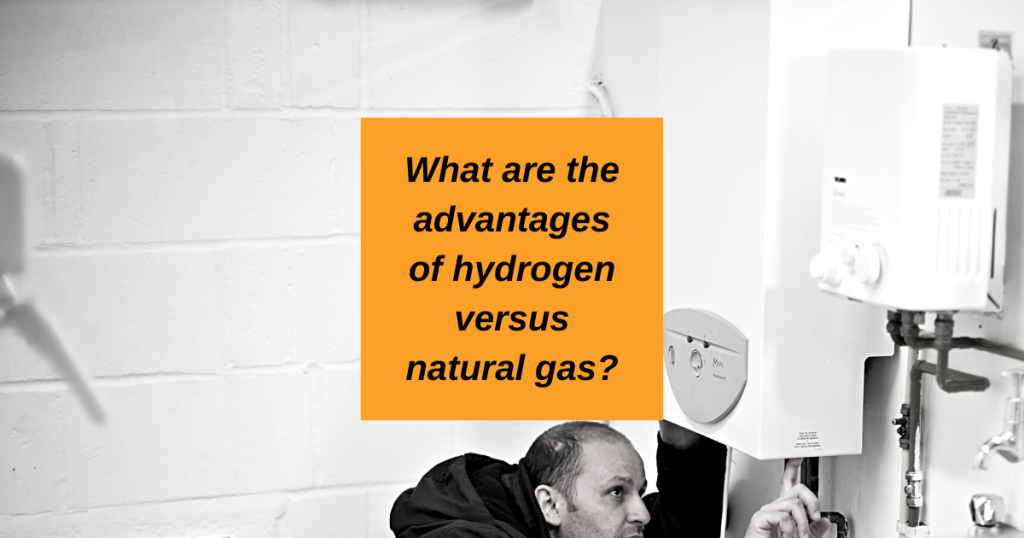
With the gas industry transitioning towards a more sustainable future, hydrogen gas has emerged as the most likely long-term replacement for natural gas supplies.
While we’re still some way off from hydrogen replacing natural gas entirely, successful trials that introduced a hydrogen gas blend into a public network for the first time have already been carried out, paving the way for the greener alternative to become more commonplace in the coming years.
A shift away from natural gas is vital to hitting targets laid out in the Paris Agreement and meeting the ambitious goal of net-zero emissions by 2050.
What are the differences between hydrogen and natural gas?
Natural gas consists primarily of methane and creates harmful carbon dioxide when burned. Approximately one-third of greenhouse gas emissions come from using natural gas to heat our homes.
Hydrogen is the most likely replacement as it only produces water when burned, meaning it holds the potential to be a zero-carbon fuel.
Green hydrogen versus blue hydrogen
One of the biggest challenges with hydrogen adoption is how the gas is produced. There are two main methods of production, often referred to as ‘green hydrogen’ and ‘blue hydrogen’.
Green Hydrogen is when the energy used to power the electrolysis that produces hydrogen comes from renewable sources like wind, water or solar.
Blue Hydrogen is produced from natural gas, with a process of steam methane reforming. Natural gas is mixed with hot steam and a catalyst, a chemical reaction which produces both carbon dioxide and hydrogen.
If these carbon dioxide emissions are captured and stored underground, the process is considered carbon-neutral, however, this process has caused controversy as stored methane is liable to escape through fugitive leaks caused by things like drilling, extraction and transportation.
Why is hydrogen the most likely alternative to natural gas?
Hydrogen isn’t the only alternative that has been explored in the gas industry. Heat pumps have become more commonly used to heat homes, however the high-up front and installation costs, along with them largely relying on a home having good insulation, can be a drawback.
Similarly, while solar panels are often a good long-term investment, they also have high up-front costs.
Hydrogen is seen as the most viable long-term solution as it can gradually be introduced into existing infrastructures via a natural gas-hydrogen blend supply. Most modern boilers are also already built to a ‘hydrogen-ready’ standard, meaning less upfront cost to homeowners.
How will this change affect gas engineers?
Some level of upskilling will be inevitable as regulations are updated to ensure a safe transition away from natural gas. However, given the similarities between hydrogen and natural gas, many skills will be easily transferable, and engineers are unlikely to see any drastic changes to their day-to-day life in the next decade.
Initially, what’s likely to happen is that EU skills will introduce an add-on module to the existing ACS. This could take the form of a 1-2 day uplift skills course that adds to existing gas qualifications.
Given that gas engineers must renew their qualifications every five years at an approved ACS training centre anyway, and with the new skills easy to integrate with existing ones, this shouldn’t be a major issue for existing gas engineers.
Want to find out how you can take your first steps towards a career in gas? Find out more about our gas courses here, visit us at the training centre for a chat, or call us on 01322 280 202.